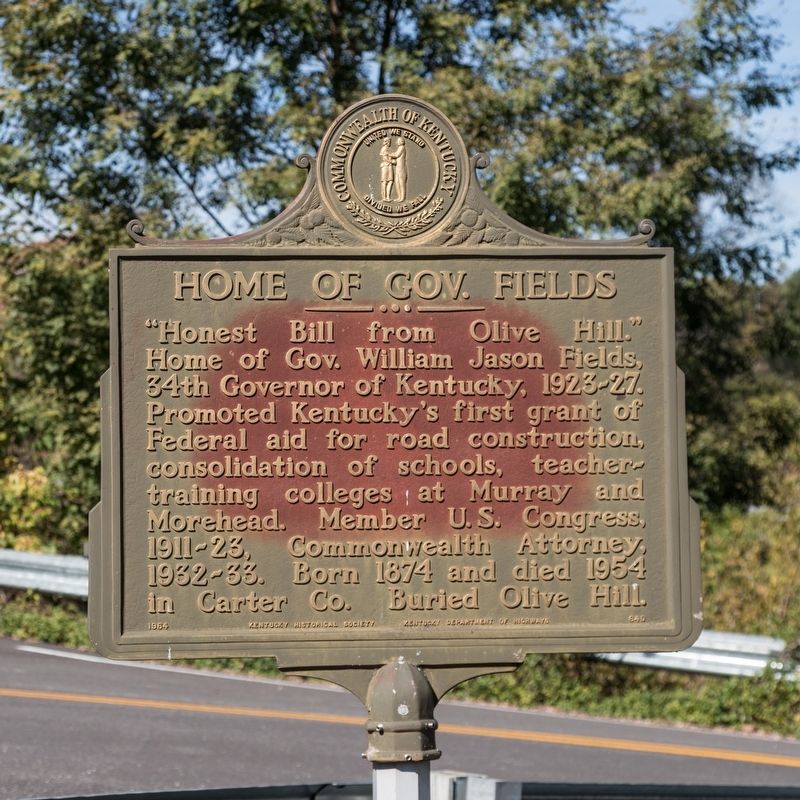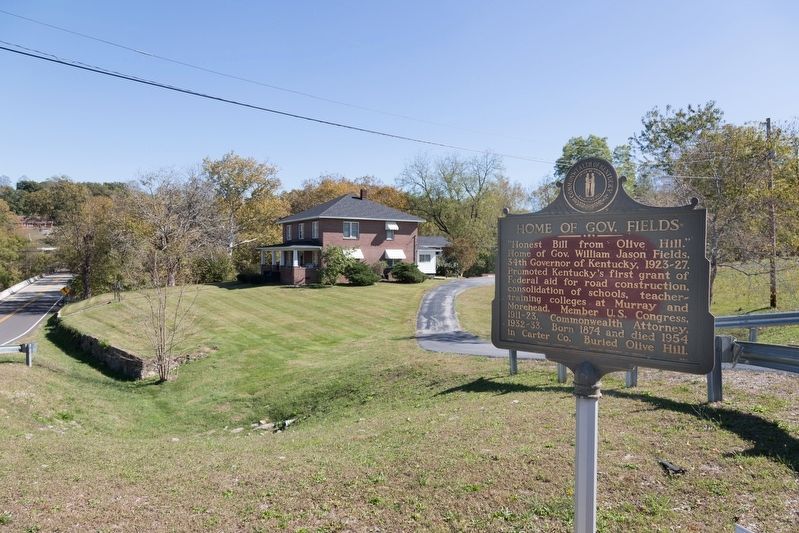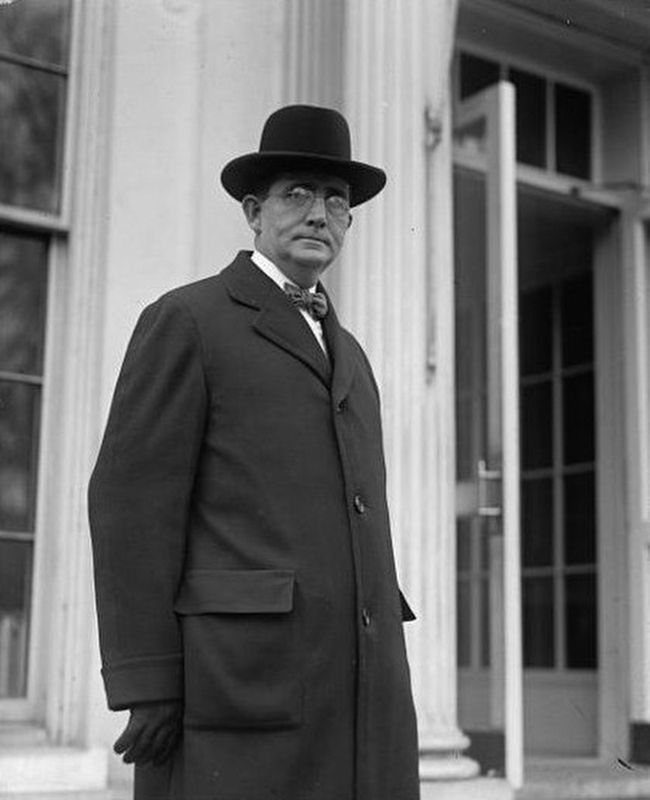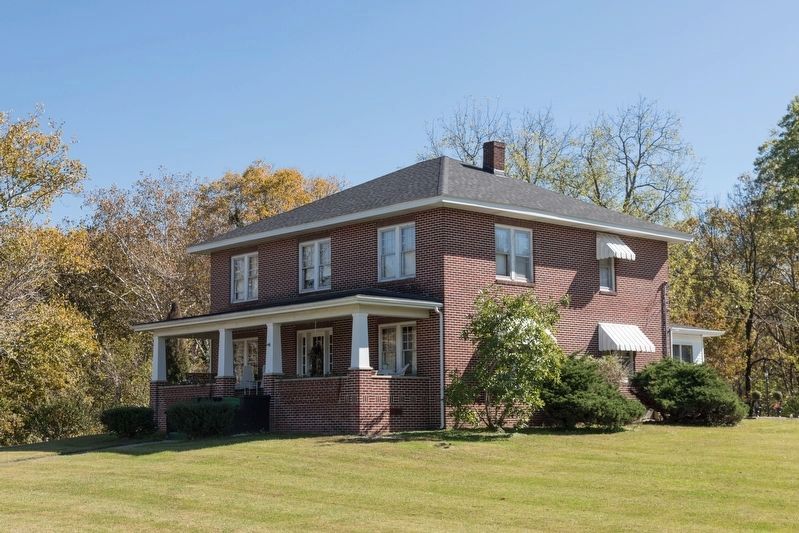Near Olive Hill in Carter County, Kentucky — The American South (East South Central)
Home of Gov. Fields
Erected 1964 by Kentucky Historical Society / Kentucky Department of Highways. (Marker Number 640.)
Topics and series. This historical marker is listed in this topic list: Government & Politics. In addition, it is included in the Kentucky Historical Society series list. A significant historical year for this entry is 1874.
Location. 38° 18.492′ N, 83° 8.793′ W. Marker is near Olive Hill, Kentucky, in Carter County. Marker is at the intersection of Ridge Drive and Old US 60 Road (U.S. 60), on the right when traveling east on Ridge Drive. It is a few hundred feet away from present-day US 60. Turn on Ridge Drive and you’ll see it. Touch for map. Marker is in this post office area: Olive Hill KY 41164, United States of America. Touch for directions.
Other nearby markers. At least 8 other markers are within 5 miles of this marker, measured as the crow flies. Carter County 20th Century War Memorial (approx. 1.4 miles away); Historical Mural by Northeast WIA Youth (approx. 1½ miles away); Tom T. Hall (approx. 1½ miles away); Aviation Pioneer / Matthew B. Sellers (approx. 1.7 miles away); Beckham County (approx. 2.1 miles away); Saltpeter Cave (approx. 4.9 miles away); The Caves Of Carter County (approx. 5 miles away); Seasonal Tours (approx. 5 miles away). Touch for a list and map of all markers in Olive Hill.
Also see . . . Wikipedia entry. Excerpt:
The first legislative session of Fields’ term was marked by infighting within his own party. His agenda was opposed by a Democratic faction led by former governor J. C. W. Beckham, Louisville Courier-Journal publisher Robert Worth Bingham, and political boss Percy Haly. Fields’ signature issue, a $75 million bond issue to construct a state highway system, passed the legislature in 1924, but the electorate refused to approve it in November of that year. Among Fields’ accomplishments as governor were an increase in the gasoline tax to help fund his highway program, a reorganization of the state's government bureaucracy, and the preservation of Cumberland Falls from industrial development. He never united the factions of his party, however. His political enemies charged him with nepotism and abusing his pardon power, and the Democrats lost the governorship in 1927 to Republican Flem D. Sampson.(Submitted on February 9, 2020.)
Credits. This page was last revised on February 9, 2020. It was originally submitted on February 9, 2020, by J. J. Prats of Powell, Ohio. This page has been viewed 249 times since then and 28 times this year. Photos: 1, 2, 3, 4. submitted on February 9, 2020, by J. J. Prats of Powell, Ohio.



